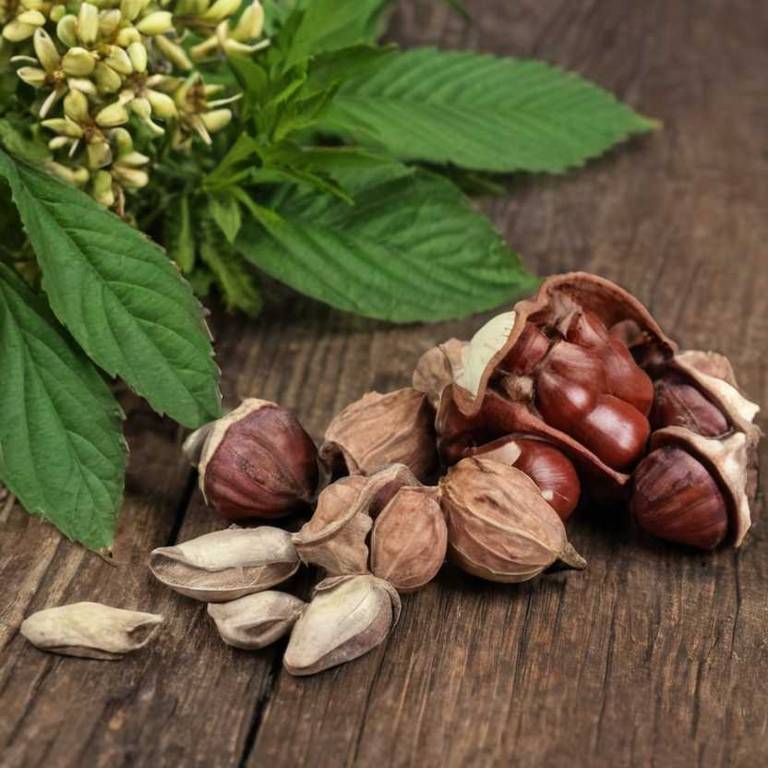Aesculus Hippocastanum: What To Know Before Using It For Medicinal Purposes

Aesculus hippocastanum, commonly known as the horse chestnut tree, has been traditionally used for its medicinal properties, particularly in the treatment of circulatory disorders.
The plant contains compounds such as saponins and flavonoids, which are believed to improve blood flow and reduce inflammation. In herbal medicine, extracts from its seeds have been used to alleviate symptoms of varicose veins and chronic venous insufficiency. However, the seeds and leaves are toxic if ingested, so medicinal use is typically limited to standardized extracts under professional supervision.
Despite its potential benefits, the plant is not recommended for internal use without proper guidance due to its toxicity.
Health Benefits
Aesculus hippocastanum has several health benefits, such as improving circulation and reducing inflammation.
It contains compounds like saponins and flavonoids that may support cardiovascular health by enhancing blood flow and lowering blood pressure. The plant has been traditionally used to alleviate symptoms of varicose veins and leg ulcers due to its venotonic properties. Additionally, it may aid in managing diabetes by improving insulin sensitivity and regulating blood sugar levels.
However, it is important to consult a healthcare professional before using Aesculus hippocastanum, as it can have toxic effects if not prepared or consumed properly.
10 Best Health Beneift of Aesculus hippocastanum
Bioactive Constituents
Aesculus hippocastanum has several bioactive constituents, such as saponins, alkaloids, flavonoids, and glycosides, which contribute to its medicinal properties.
These compounds exhibit anti-inflammatory, antispasmodic, and cardiovascular effects, making the plant useful in traditional medicine. Saponins, in particular, are known for their ability to reduce swelling and improve circulation, while alkaloids like aescin have been shown to strengthen blood vessel walls. Flavonoids contribute to the plant's antioxidant properties, helping to neutralize free radicals in the body.
Overall, these bioactive constituents support the plant's use in treating conditions such as varicose veins, hemorrhoids, and inflammatory disorders.
Medicinal Preparations
Aesculus hippocastanum has several medicinal preparations, such as teas, tinctures, and topical ointments, which have been traditionally used for their purported health benefits.
The dried seeds and bark of the horse chestnut tree are commonly processed into these formulations, often containing compounds like saponins and flavonoids. Teas made from the leaves or flowers are believed to support circulatory health and may help reduce inflammation. Tinctures are frequently used to alleviate symptoms of varicose veins and swelling, while topical applications can soothe skin irritations.
However, due to the presence of toxic alkaloids, these preparations must be used with caution and under professional supervision.
Side Effects
Aesculus hippocastanum can have some side effects, such as gastrointestinal distress, including nausea, vomiting, and diarrhea, due to the presence of saponins and other toxic compounds.
Prolonged use or high doses may lead to more severe symptoms like muscle weakness, paralysis, and even respiratory failure. Ingestion of the seeds or bark can be particularly dangerous, as they contain toxic alkaloids that may cause central nervous system depression. Skin contact with the plant may result in irritation or allergic reactions, especially in individuals with sensitive skin.
It is important to consult a healthcare professional before using any part of this plant for medicinal purposes.